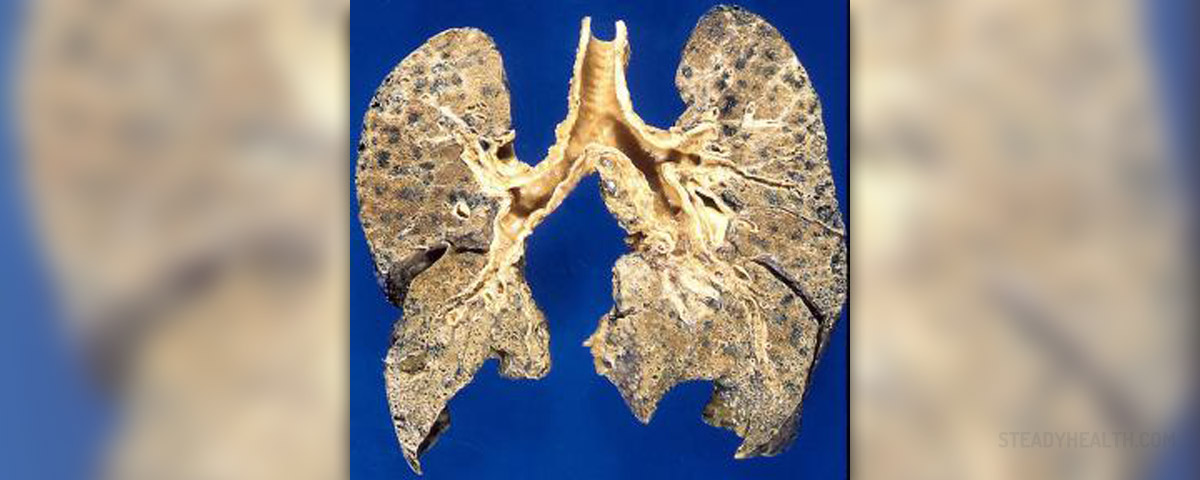
Chronic obstructive pulmonary diseases or COPD, refers to chronic bronchitis and emphysema. These diseases, in most cases are co-existing, and the main characteristic for both medical problems is very low airflow on the tests that measure the function of the lungs. Compared to asthma airflow problems, in COPD the narrowing of the airways is often irreversible and progresses with time.
There are several identified causes of COPD, which include: smoking, exposure, to dust in the mines, and to chemicals such as cadmium, silica, isocyanates or welding fumes, and also air pollution. Some patients are genetically predisposed for this medical condition, but it can also be the result of an autoimmune problem, provoked by smoking.
The prognosis of COPD is usually good, if the condition is diagnosed in early stages. One of the most important things in the treatment is giving up cigarettes, which has a beneficial effect to the prognosis. Patients who continue to smoke even after the COPD diagnosis are reported to experience a much faster decline of the lung function, which can lead to respiratory failure.
BODE Index
As a practical tool to measure the dysfunction of the lungs, symptoms that patients experience and effects of the disease to the life of the patients, doctors developed BODE index. This index is considered to predict the mortality of COPD patients better than FEX1 (forces expiratory volume in one second), previously used test, can.
BODE Index includes several different things into the account, such as FEV 1, dyspnea, body mass index (BMI) and also exercise tolerance of the patient.
Obstruction of the Air Passages
Spirometry is the test used to establish the degree of obstruction of the airways in COPD patients. FEV 1 is a part of spirometry test, and doctors know that FEV 1 results can indicate the survival of COPD patients. Recent studies showed that people suffering with COPD and experiencing low oxygen levels and serious obstruction of the airways have about 43% chances to survive 3 years. Best ways to prevent further airway obstruction are to quit smoking immediately and avoid secondhand smoke, as well.
Dyspnea
Doctors use the MMRC dyspnea scale to measure patients’ subjective experience of the dyspnea. Some specialist even claim that MMRC results are a better predictor of the survival rate than FEV1 results, and because of that fact, many doctors use both tests to evaluate mortality of COPD patients.
BMI and Exercise Tolerance
Underweight people (with low BMI) frequently experience poor prognosis if suffering from COPD. These patients are, therefore, advised to increase amount of calories they normally take.
Exercise ability can be severely affected in later stages of COPD. The way to measure reduction of exercise tolerance is a 6 minute walk test, also proven very useful in predicting some other potential health risk for the patients.




,-Asthma-And-Anxiety_f_280x120.jpg)












Your thoughts on this
Loading...